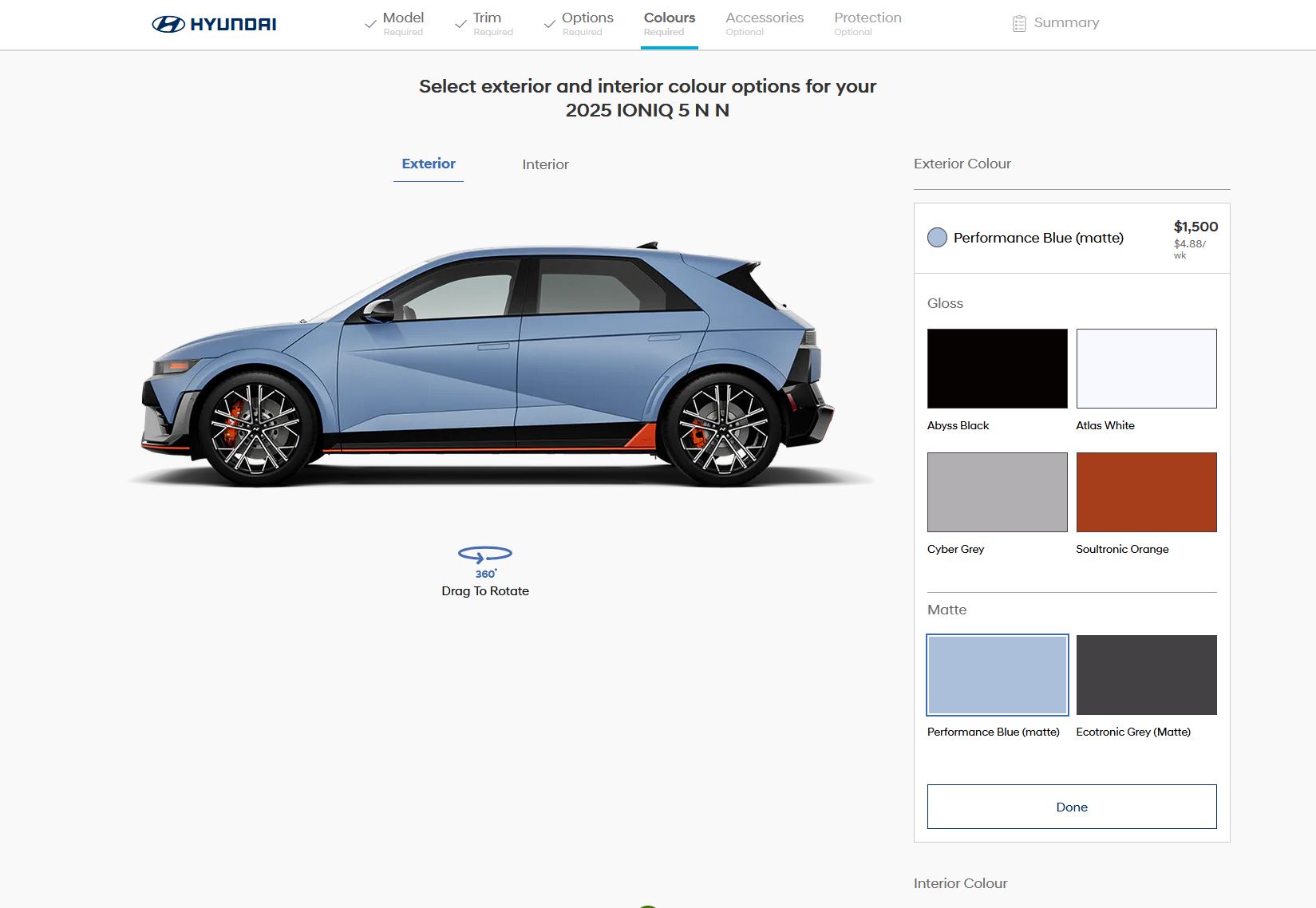A Competitive Landscape
The automotive industry is evolving rapidly, and 2025 is shaping up to be one of the most transformative years yet. Dealerships face a unique set of challenges: adapting to new technologies, meeting changing customer expectations, and staying competitive in an increasingly crowded market.
The days of relying solely on traditional marketing tactics are long gone. To succeed, dealerships must embrace innovation, leverage data, and prioritize customer-centric approaches. Here are the strategies dealerships are employing to thrive in this dynamic landscape.
Data-Driven Inventory Management


Understanding what vehicles customers want and ensuring your lot reflects their preferences is critical. Dealerships can benefit from leveraging an automotive market data feed to gain deeper insights into trends and make informed decisions.
For instance, we did a GCBC piece on how SUVs dominated the market in 2024.
Predictive analytics has become a game-changer for dealerships. By analyzing market trends, sales data, and customer behavior, dealerships can anticipate which vehicles will perform best and adjust their inventory accordingly.
You may not know this, but dealerships may borrow money in order to carry inventory which means that the longer they hold onto cars, the more it’s costing them. As the old adage goes, “it’s all about turnover.”
Example: A dealership in the Midwest might notice an increase in demand for hybrid SUVs due to rising fuel costs. Using data-driven insights, they can prioritize stocking these models while phasing out slower-moving sedans.
Actionable Takeaway: Regularly review inventory performance metrics and use tools that forecast demand to reduce holding costs and maximize profitability. For instance, automotive market data feeds can help dealerships prioritize which models are popular and harder to get, meaning that they can mark them up for higher profits due to supply and demand.
Smarter Advertising with Targeted Campaigns


Gone are the days of one-size-fits-all advertising. In 2025, dealerships are using data to craft hyper-targeted campaigns that reach the right audience at the right time. This includes leveraging real-time analytics to optimize ad spend and focus on high-demand vehicles.
Have you ever gotten a letter saying it’s time for servicing? Or that they’re looking for your trade-in vehicle? Both are prime examples of how dealerships can leverage seasonal data to increase their chances of sales for vehicles and servicing. They can also see which segment of vehicles are hot sellers and then tailor their campaigns to capitalize on trends.
Example: A dealership notices a spike in searches for electric vehicles in their area. By adjusting their digital ads to promote EV models with incentives like tax credits, they capture more leads and convert interest into sales.
Actionable Takeaway: Continuously monitor ad performance and allocate your budget toward campaigns that deliver measurable results. Tools like predictive analytics can help identify emerging trends and guide marketing efforts.
Enhancing the Digital Customer Experience


If you head to a car manufacturer’s website, chances are they’ve invested heavily into a visual experience, with 360-degree views of all models and the ability to change colours, add options, and more.
Today’s car buyers expect seamless online interactions that mirror the experience of visiting a physical showroom. Dealerships are investing heavily in digital platforms to meet these expectations, from mobile-optimized websites to AI-powered chatbots. These tools can help take away the drudgery of filtering out tire kickers, saving them valuable time to focus on leads that are most likely to generate sales.
Example: A dealership’s website features detailed vehicle listings with high-resolution images, virtual test drive options, and easy-to-navigate contact forms. A chatbot answers customer inquiries 24/7, providing instant support and capturing leads outside of business hours.
Actionable Takeaway: Treat your website as your most important showroom. Ensure it is user-friendly, mobile-optimized, and equipped with features that guide potential buyers through the decision-making process.
Offering Flexible Financing Solutions


Financing plays a crucial role in the car-buying journey. Dealerships that offer a variety of financing options—including partnerships with multiple lenders and in-house financing—stand out to buyers with diverse credit profiles.
Example: A dealership introduces an in-house financing program that caters to first-time buyers with limited credit history. This attracts a new demographic and increases conversions.
Actionable Takeaway: Highlight financing options in your marketing campaigns and train your sales team to present these solutions effectively during negotiations.
Personalized Marketing Campaigns


Personalization is no longer optional in marketing. Customers expect brands to understand their needs and preferences, and dealerships are rising to the challenge by using CRM tools to create tailored campaigns.
This is particularly salient in the luxury brand segment, where higher profit margins also come with higher client expectations, from marketing communications to in-dealership interactions. Luxury dealerships frequently use advanced CRM tools to track customer preferences, previous purchases, and interactions. This allows them to create campaigns that speak directly to the buyer’s tastes—be it showcasing the newest models in a specific color or highlighting bespoke customization options.
Example: A customer who recently inquired about family-friendly vehicles receives an email showcasing the latest midsize SUVs with features like advanced safety systems and spacious interiors.
Actionable Takeaway: Use CRM data to segment your audience and deliver personalized messaging that resonates with specific buyer personas.
Building Customer Loyalty Through Post-Sale Engagement


In a market where buyers have countless options, building long-term relationships is essential. Dealerships are focusing on post-sale engagement to ensure customers return for future purchases and services.
Post-sale engagement is important because retaining an existing customer is more cost-effective than acquiring a new one. Loyalty programs and follow-ups encourage customers to return for maintenance, trade-ins, or their next purchase.
Brands such as Porsche also leverage this to their advantage, as many customers are required to have purchased multiple vehicles before being eligible for an allocation on a more rare vehicle such as a GT3 RS.
Example: A dealership sends service reminders, trade-in offers, and birthday discounts to past customers. These small gestures foster loyalty and encourage repeat business.
Actionable Takeaway: Implement loyalty programs and maintain regular communication with your customers to stay top-of-mind and drive repeat sales.
Data-Informed Decision Making Will Help You Thrive
The automotive industry is transforming, and dealerships must adapt to remain relevant. By embracing data-driven strategies, enhancing the customer experience, and leveraging cutting-edge technology, dealerships can position themselves as leaders in the market.
The key to success lies in staying agile, understanding your audience, and prioritizing innovation. With these strategies, dealerships will not only survive but thrive in the competitive landscape of 2025.

